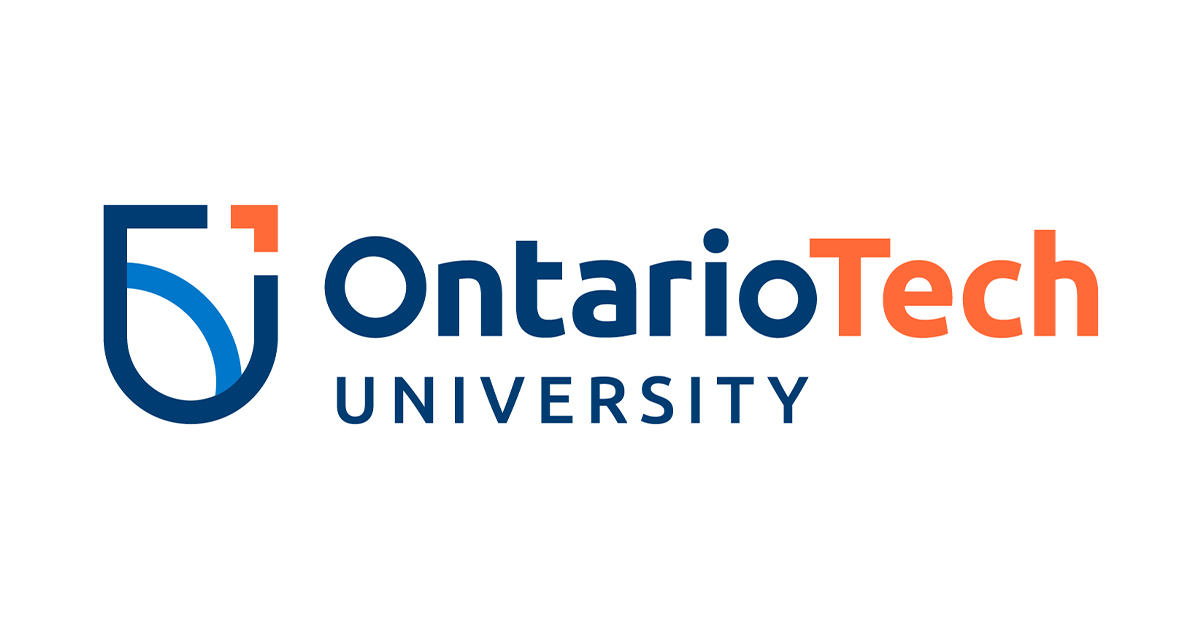Centre for Advanced Research, Innovation and Entrepreneurship (CARIE)

Key facts
Location:
In the 黑料网's north Oshawa location. The building’s specific location will be determined in a manner that is consistent with the vision and principles of the joint .
Size:
The building will be developed in phases, but ultimately it is planned to be 12,000 square metres over several floors.
Building features:
The facility would include:
- Advanced research collaboration, project and convergence space.
- Research labs and support facilities for dozens of faculty researchers and their students, such as those engaged in data analytics or education and digital technologies.
- New advanced manufacturing research facility.
- Conference space.
- Support facilities and services space, technician offices.
- Student and lounge areas.
Estimated cost:
The building will be developed in phases, with an estimated final construction cost of $100 million.
Estimated date of construction:
Architectural and engineering planning will start immediately, with the first phase of construction happening as soon as possible.
Details about CARIE
CARIE will bring innovation to the eastern Greater Toronto Area and the surrounding area
CARIE will create a home for the university’s innovation enterprise and partnership mandate. It will be designed to work for faculty members who are involved in collaborative research as well as their undergraduate and graduate students. The facility will bring together talent, services and resources that catalyze R&D and enable the university to support and grow its capacity for research, partnerships, technology transfer and community outreach.
At CARIE, faculty, students and industry partners will tackle complex industry and societal challenges to develop solutions to real-world problems. The new building will provide space and resources to support fundamental and applied research, an entrepreneurship centre, conference facility and academic and office space.
CARIE will be a regional hub for market-driven research collaborations with industry and community partners
CARIE will serve as a convergence centre, supporting collaborative research with industry, government and community partners focused on developing solutions to real-world challenges. Partners will access the university’s academic expertise and utilize its state-of-the-art facilities to support immediate and long- term research needs and engage in medium-term exploratory research projects focused on creating competitive market value.
At CARIE, advanced research will be conducted through interdisciplinary centres and programs that are created and evolved to meet changing needs. A range of flexible, high-performance research, project, prototyping and convergence spaces will be complemented by integrated support services and resources including training, advisory and conference services.
CARIE will be a place where faculty and students come together with industry and community partners to collaborate, innovate, learn and be inspired.
CARIE will provide Durham Region and Northumberland County with a large-scale entrepreneurial convergence facility, comparable to the MaRS Discovery District, Digital Media Zone at Ryerson University, OCADU Imagination Catalyst, and the Hatchery and Creative Destruction Lab at the University of Toronto.
CARIE will augment research space
Fifty per cent of assignable space in the CARIE facility will be dedicated to research activities in order to partially address the university’s needs for this category of space.
CARIE will provide laboratory, support and office space for dozens of faculty researchers and their teams of graduate and post-doctoral students and staff—for example, those involved in data analytics or education and digital technologies. In addition, CARIE will provide laboratory and support space for faculty-led research programs and will allow the replacement of existing laboratories housed in inadequate temporary buildings.
Constructed to support high intensity wet-lab and large-scale project work, CARIE will provide research environments that can handle the most demanding requirements of research teams and industry partners. Concentrating high-cost laboratory and support space in CARIE represents a responsible approach to increasing the research infrastructure of the university.
CARIE will support the university's outreach mandate
A conference facility will provide meeting and assembly space that supports the research enterprise, incubator/accelerator activities and the university’s research, learning and community outreach mandates. The centre will have the capacity to host academic and administrative conferences, symposia, forums, workshops, lectures, seminars and exhibits. Technology-enabled facilities will support global connectivity and collaborations.
Researchers, practitioners, policy-makers and the general public will come to CARIE to learn, work and experience innovation-in-action. With the capacity to host high-profile academic and outreach events, the new building will position the 黑料网 as a centre for knowledge dissemination with a reach well beyond the eastern GTA.
CARIE will showcase innovation-in-action
Reflecting its role as a regional centre for innovation, which connects the university to its community, the new facility will use design features to showcase its advanced research and entrepreneurial activities.
For example, a major advanced manufacturing research facility will be showcased in double-height space on the main level of CARIE. Glazing will provide views into the facility from both the building exterior and interior. Integrated into the entry sequence and adjacent to the conference centre, this advanced manufacturing research bay will animate the building and make visible the innovation work taking place inside.
Designed to maximize flexibility and integration of functions, CARIE will serve evolving needs. CARIE will be designed with spaces and resources that are shared among users. Flexible, multi-functional research, project and support spaces will serve a wide range of activities and can be reconfigured over time to support evolving needs.
Modular wet-lab facilities will be allocated to research teams according to need and will be available for advanced research projects carried out in collaboration with industry partners. A suite of fabrication and technology support resources—machine shop, wood shop, rapid prototyping, electronics and instruments labs, computing and printing facilities—will serve pure and advanced research applications.
